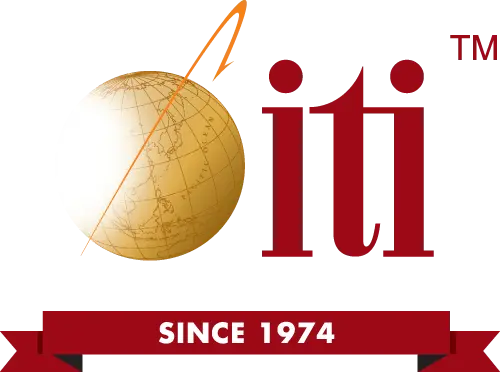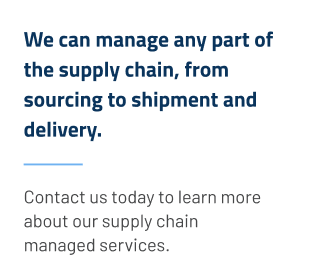Many companies have found relief from the ongoing US economic slump within the Chinese market through using cheaper production in their overseas manufacturing. It is estimated that the US price index would rise an average of 2% each year without importing consumer goods from China, driving the prices for products higher for Americans. As beneficial as US – China import/export trade is for both countries, companies who engage in overseas manufacturing need to be aware of any tariffs or duties applied to their specific products to keep their prices competitive.
It is essential to know the correct tariff code when you ship goods from overseas manufacturers, such as those found in China. A tariff, also known as a duty, is a type of tax levied on imported goods by governments. It is based on the value and type of product that is being imported.
Different countries apply different tariffs to different products. Often times, other charges will be applied on top of the duty as well, such as customs fees, national tax and even local sales tax. The tariff and any other charges are collected at the foreign port at the time of customs clearance. It is integral to understand the duty and taxes that must be paid in order to be successful at overseas manufacturing.
These duty fees and other taxes will increase the end cost of your goods, and if not accounted for, can affect your competitiveness in your niche market. The first step in determining an estimate for the tariffs and any other taxes applied to your product is to determine its classification number. This can be accomplished through the Harmonized Tariff Schedule (HTS), the primary resource for determining any custom duties or tariffs applied to goods being imported into the United States from foreign countries, such as China.
The HTS is organized into 22 sections and then further divided into 99 chapters; explanatory notes and general guidelines for interpreting the classification codes also accompany the chapters. It is essential to review these notes while determining the classification of your product and it is also extremely important to check these listings on a regular basis as they can change at any time. Using outdated information can be a costly mistake or prevent your products from being shipped.
The coding system and description of tariffs is an internationally standardized system that most countries use in order to determine HTS classification. Generally, the first six digits of the HTS product number will be the same for all countries. The first 2 digits are the number of the chapter, the next 4 digits are the heading of the product and after the 6th digit, individual countries may have different guidelines and rules for determining the final classification name and number. Usually, you will end with a ten digit HTS classification number.
Once you have your correct and up-to-date classification number, the Rates of Duty column will determine the overall cost of duties levied against your product.
Your product will not ship without the HTS classification number listed on the required shipping documents. Always access the most recently updated tariff codes in order to avoid errors which can prove costly and delay your shipping extensively. Contact ITI to learn more about tariff codes.






